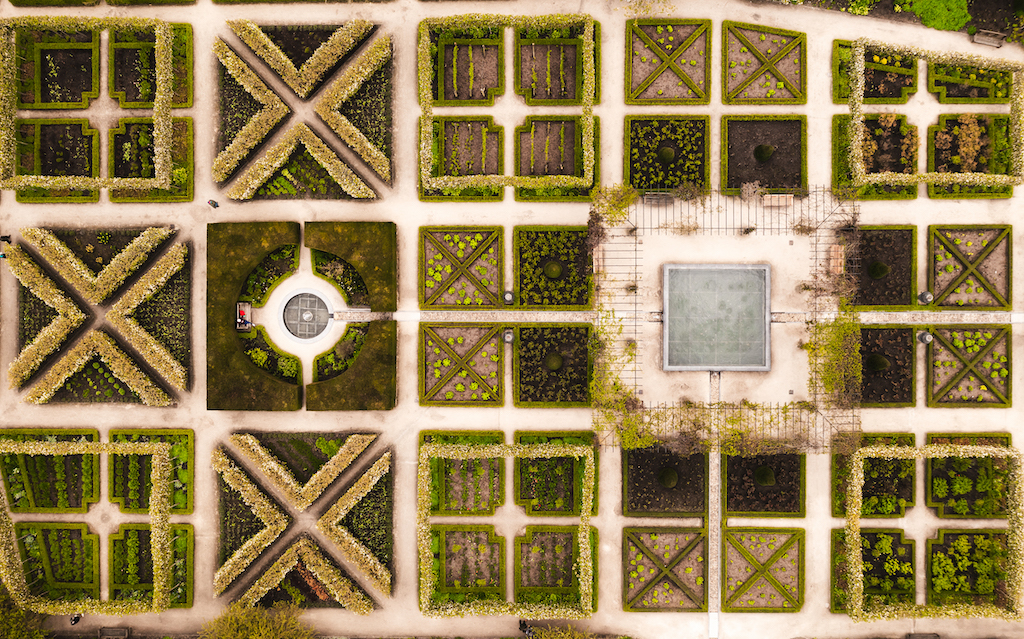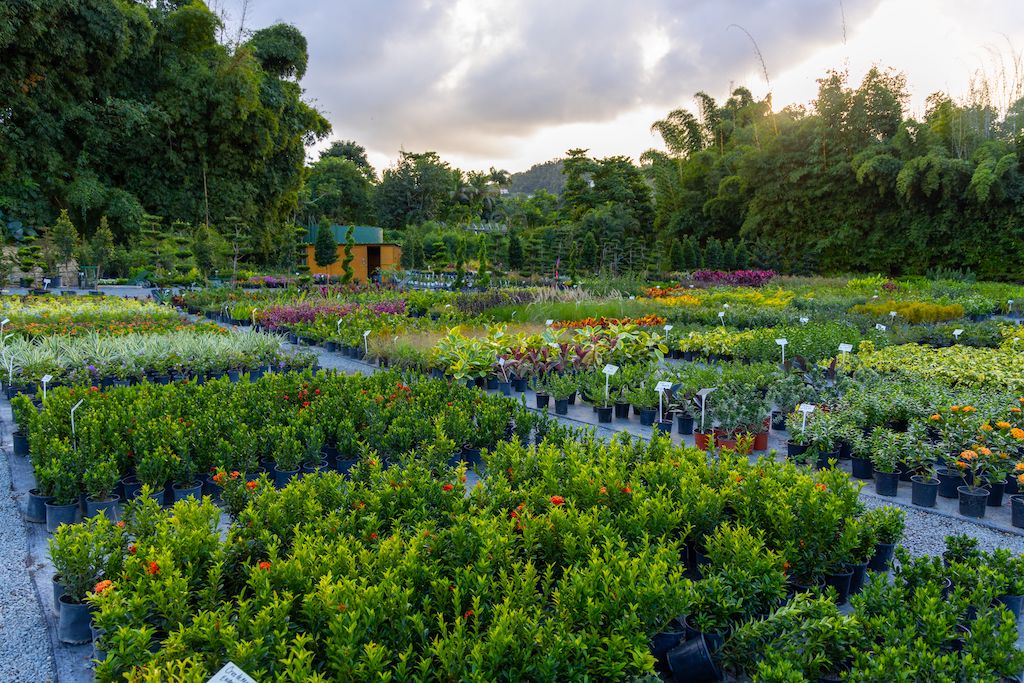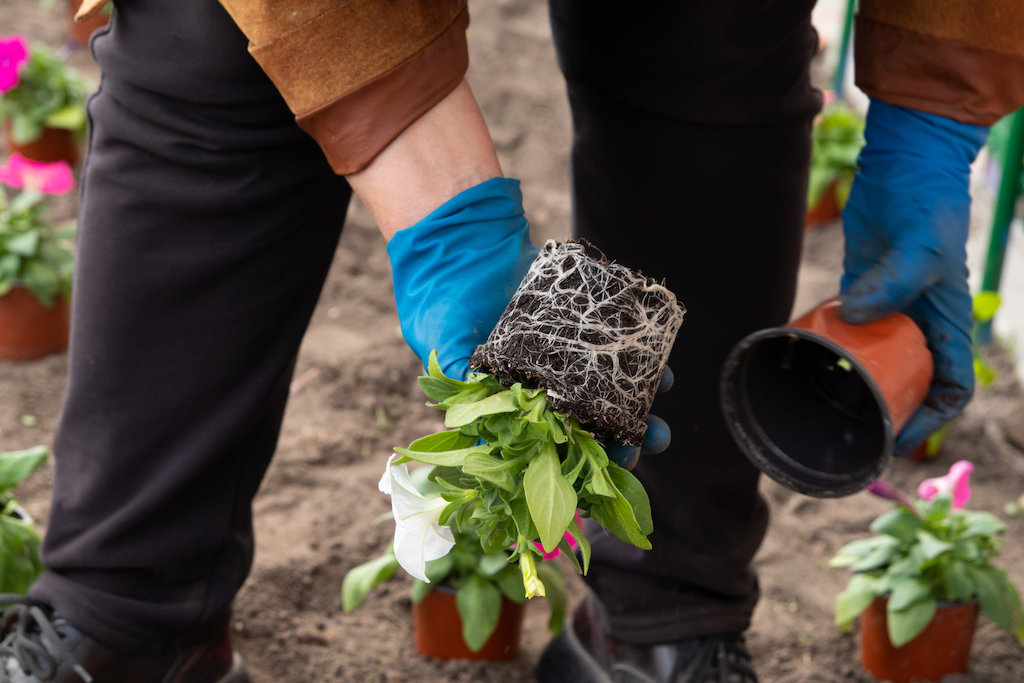Designing and landscaping an Australian garden is an exciting journey that requires careful planning and understanding of the local climate, soil, and native plants
A well-designed garden should enhance the beauty of your outdoor space and also reflect the unique landscape and biodiversity of Australia.
What are some of the Steps in Planning a new Landscape or Garden Design?
Outlined below is my usual process starting any new landscaping/gardening design for new clients.
CONSULTATION: Initial Meeting and Site Analysis
I like to begin the garden design (or re design) by meeting you in your garden, so I can do 2 things:
1. Get A Feel for Your Outdoor Space
Conducting an analysis of the current conditions of your existing outdoor space will include evaluating the drainage, soil type, sunlight exposure/aspect and existing plants and structures.
Australia has a diverse climate, ranging from tropical in the north to temperate in the south so, having a solid understanding of local climate and conditions is crucial for selecting plants that will flourish in your garden
The results of the site analysis, in particular soil type and aspect will guide some of the outcome, as understanding these factors is essential for designing a garden that thrives in its environment.
I’ll explain the climate zones relevant to your location and recommend suitable plants and materials for your garden.
(If you want to get a small, DIY ‘head start’ this basic Bunnings guide may assist)
2. Discuss your Garden/Landscape Needs and Aspirations
Once the site analysis is completed, we will discuss your ‘vision’ for your garden, your preferred style, layout, budget and/or any specific requirements you may have e.g. such as a play area for kids, a vegetable garden, or a space for outdoor entertaining.
Depending on the results of the site analysis, I will make recommendations that will take into account your style and the needs of your particular climate and garden.
PLANNING: Design Concept
This stage is where I work on the layout, materials and plant selection based on the initial meeting, site analysis and discussion and l develop a detailed plan showing the location of paths, garden beds, trees, shrubs, and recommendations for materials, such as paving, decking, and fencing, to complement your garden’s design and style.
Once the design concept, layout, and plant selection are finalised, I’ll provide a cost estimation for your garden project, based on your budget, as discussed.
That estimation will include the cost for materials, plants, labour, and any additional features or services, such as irrigation systems or lighting.
When you’ve had a chance to look over my landscape design, I will ask for your honest feedback, so I can make any necessary revisions and we can ensure that the final design is in line with your expectations and requirements.
SELECTION: Plant Materials and Landscaping
Plant selection is a crucial aspect of designing an Australian garden!
I like to recommend Australian native plants, because they are well-adapted to the local climate and require less maintenance compared to exotic species.
Usually I individually select each of the plants and materials for my clients and then commence with the placement, planting and construction.
During the consultation process, I’ll recommend a variety (and choice) of native plants that are most suitable for your garden’s soil type, sunlight exposure, and climate zone.
However, to create a visually appealing garden, I’ll also consider factors such as colour, texture, and seasonal interest .
MAINTENANCE:
Once your new garden has established, we will need to schedule and conduct a follow up ‘health’ check
Proper irrigation design and follow-up maintenance are essential aspects of maintaining a healthy and vibrant Australian garden.
Here are some considerations for irrigation design and maintenance to complement the landscape design consultation process:
Irrigation Systems:
Installing an irrigation system for your new garden can significantly reduce water wastage through evaporation, runoff and over watering, as they are generally more efficient than watering by hand.
Installing drip irrigation systems for garden beds and shrub areas is something to seriously consider especially in Australia. This type of irrigation is more precise water gets delivered directly to the ‘root system’ of your plants.
There are even ‘Smart Systems’, that come with controllers and automatically adjust watering schedules based on localised weather conditions and soil moisture levels.
Zoning
We will most likely talk about Zoning during my initial site visit, having your plants grouped by their varying water needs is beneficial- especially if your considering installing irrigation.
Rainwater Harvesting
Installing a rainwater tank (or tanks!) can be a great way to cut down on how much you spend on your water bills and your reliance on mains water.
If you live in an area that receives a high annual rain fall, investing in a tank would be a smart choice, keeping in mind that you can get above ground or underground water tanks to suit your particular space.
Greywater Systems
Consider using greywater from showers, baths, and washing machines for irrigation, after appropriate treatment and filtration.
Soil Type:
Understand your soil type and its water-holding capacity.
Sandy soils drain quickly and may require more frequent watering, while clay soils retain water longer.
Slope:
If your garden has slopes or uneven terrain, consider using drip irrigation or soaker hoses to prevent water runoff and ensure even water distribution.
FOLLOW UP MAINTENANCE TIPS
- Regularly inspect your irrigation system for leaks, clogs, or damaged components. Addressing issues quickly can prevent water waste and potential damage to plants.
- Use a soil moisture meter or simply dig a small hole to check soil moisture levels before watering. Water only when necessary to avoid overwatering or underwatering.
- Control weeds regularly, as they compete with plants for water and nutrients.
- Apply a layer of organic mulch, such as straw, bark or compost around plants to conserve soil moisture, suppress weeds, and regulate soil temperature.
Mulching can reduce the need for frequent watering and help maintain soil health. - Adjust your irrigation schedule seasonally, to accommodate changes in weather, temperature and plant water needs.
- Regularly prune and trim plants to promote healthy growth and reduce water stress. Pruning can also improve air circulation and sunlight penetration, benefiting plant health.
Conclusion
By investing our time and effort in creating the right type of irrigation design and following up with regular maintenance is important for the health and sustainability of your Australian garden.
By implementing these practices, we can create a water-wise garden that conserves water, reduces your maintenance efforts and produces a thriving, healthy garden.
Remember, a well-designed and maintained irrigation system not only supports healthy plant growth but also enhances the overall beauty and functionality of your Australian garden.
Then you will enjoy a beautiful and sustainable garden for years to come!
Gecko Plantscapes provide a range of landscape and gardening services.
Call Robbie on M: 0412 131 362
Or Fill in the Contact form for your all your Garden or Landscape Designs, Consultations, Garden Renovations, Plant Selection, Green Walls & roofs and Irrigation/ Watering System needs!
(Read more about my work on my Houzz profile)



